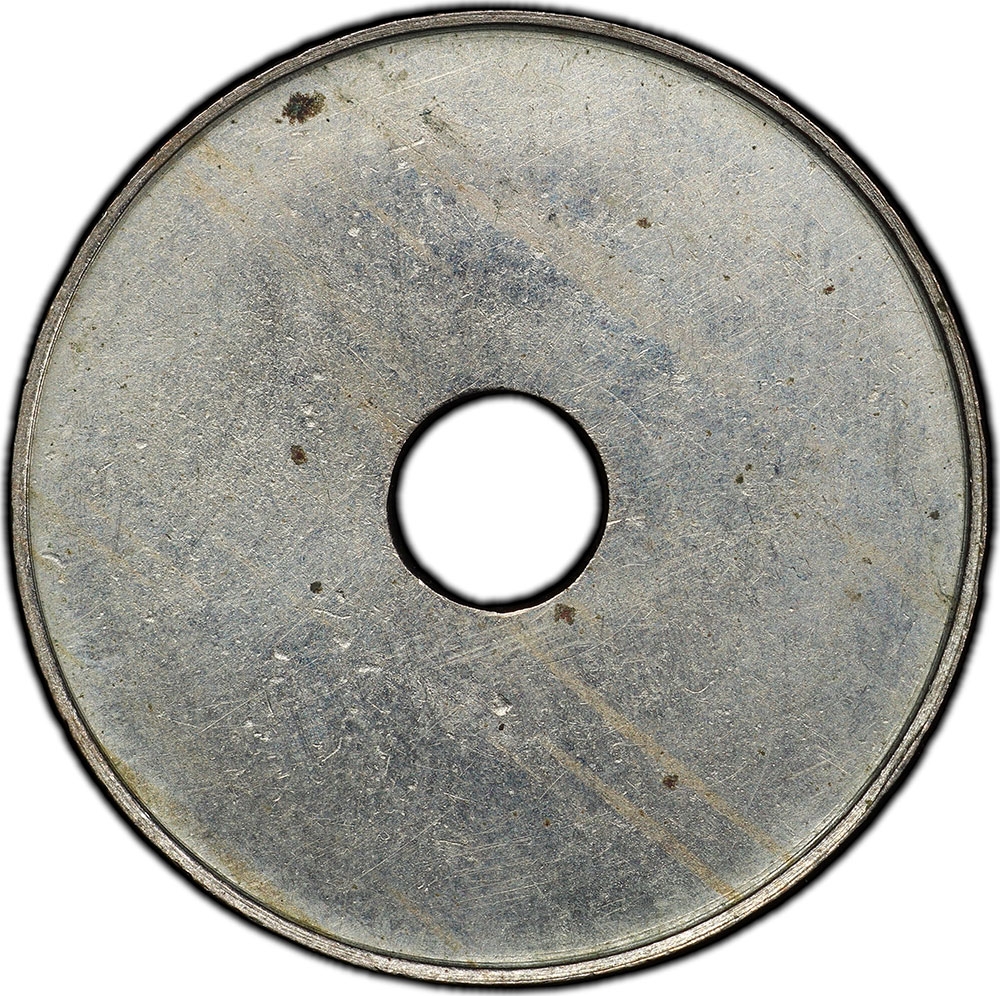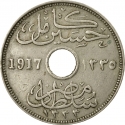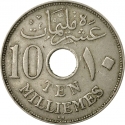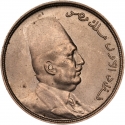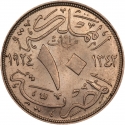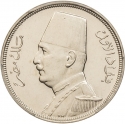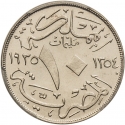You are about to finish your registration. Please check your mailbox (including spam folder). There should be a letter with a confirmation link. Check setting to make sure that your e-mail address is correct.
Send letter againDescription
The Sultanate of Egypt was the short-lived protectorate that the United Kingdom imposed over Egypt between 1914 and 1922.
From 1882-1922, Britain formally occupied Egypt and controlled its government. At first, in what was called a veiled protectorate, Britain managed the Egyptian budget, took over the training of its military, and (although it had no legal authority to do so) basically ran Egypt through a series of commissions designed to protect British investments. The veiled protectorate lasted from 1882-1914, after which Britain declared war on the Ottoman Empire and named Egypt a formal protectorate, meaning it took complete control of the nation. However, the movement of British troops out of Cairo during World War I gave revolutionaries a chance to unite and anti-British rebellions popped up. In 1922, Britain resolved the problem by declaring Egypt independent.
Sultan Hussein Kamel (1853–1917) was the Sultan of Egypt from 19 December 1914 to 9 October 1917. He was declared Sultan of Egypt on 19 December 1914, after the occupying British forces had deposed his nephew, Khedive Abbas Hilmi II, on 5 November 1914.
Obverse

|
Blank |
|---|---|
Reverse

|
Center hole divides denomination with numerals on the left and Arabic on the right, in addition to the denomination in words on the bottom with the mintmark. عشر مليمات |
| Edge |
10 Milliemes
Sultanate, British Protectorate, Uniface Obverse
KM# Pn 33
Characteristics
| Type | Trial strike |
| Material | Cupronickel |
| Weight | 5.7 g |
| Diameter | 25.9 mm |
| Thickness | 1.4 mm |
| Shape |
|
| Alignment | Medal |
| Mint |
Kings Norton Metal Company, Birmingham (KN)
|
